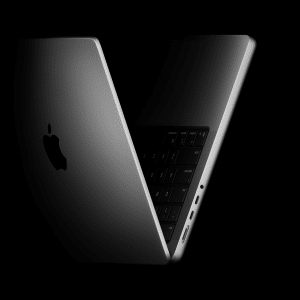3D printers have made huge advances over the years and ideas for projects to be printed using them, also known as additive manufacturing, continue to become more robust and innovative. The latest idea that truly may be a difference-maker using this technology is to use moon dust for objects to be constructed in space and help space flight over time.
Nasa is testing a concept for a 3D printer to create objects using moon dust, according to Digital Trends. The printer is called the Redwire Regolith Print facility suit and just recently the Northrop Grumman Cygnus cargo spacecraft carried this printer when it arrived at the International Space Station (ISS).
“NASA is testing out the printing system from company Redwire for use in its upcoming Artemis moon missions, hoping to make use of the moon’s dusty soil (technically known as regolith) as raw material for printing,” according to the report. “The idea is to use readily available materials on the moon to make what is required instead of having to haul lots of heavy equipment all the way from Earth.”

This is a huge breakthrough if you think about it and know anything about space travel because it can alleviate the bulk needed to be carried into space and thus the load on a rocket or space ship.
If successful, this can be great for longer travels later to places like Mars as it will allow for the crew once landed on a surface of a planet to create raw materials using just the dust under their feet. They can thus worry less about long-term materialistic needs (to survive and make the return trip) and have room for essentials, like fuel or equipment, onboard during the flight.
It is not so simple, however, as researchers are still figuring out the kinks such as if printing can work the same without gravity present, as well as what the actual strength will be of the materials that will be printed.
The way the testing of this potential printing process works is it uses a moon stimulant on earth, which is similar to moon matter. It is right now just being used for small fixtures and fittings, but its idea could go beyond this into the realm of things like landing pads, foundations, and even roads or lunar habitats for astronauts to live inside.

Although the idea right now revolves around moon dust the potential is much greater.
“The effects could go beyond Earth’s gravity, too. NASA says that it is developing the technology with the hope it could eventually be used on other planets, such as for crewed missions to Mars, which could make use of the dusty Martian soil to 3D-print whole structures,” according to the report.
This is an interesting breakthrough for this type of lunar activity and the potential of going beyond the moon as researchers previously used lasers to experiment with the concept of printing lunar matter for various means. A system called MOONRISE has been suggested for this task, which can melt lunar material and shape the material into structures, according to a 2019 Digital Trends report.
Both space flight and expeditions related to it as well as technologies like 3D printing continue to advance and various technologies merging for space flight is only a good thing for those interested in what lies beyond.
Maybe the idea of a moon colony will prove to be a reality one day with such 3D printing technology spearheading us in this direction? Maybe a Mars expedition will prove to be sooner than expected as well? Time will tell, but 3D printing is certainly making a presence in space.
You can read more on Redwire’s website.








